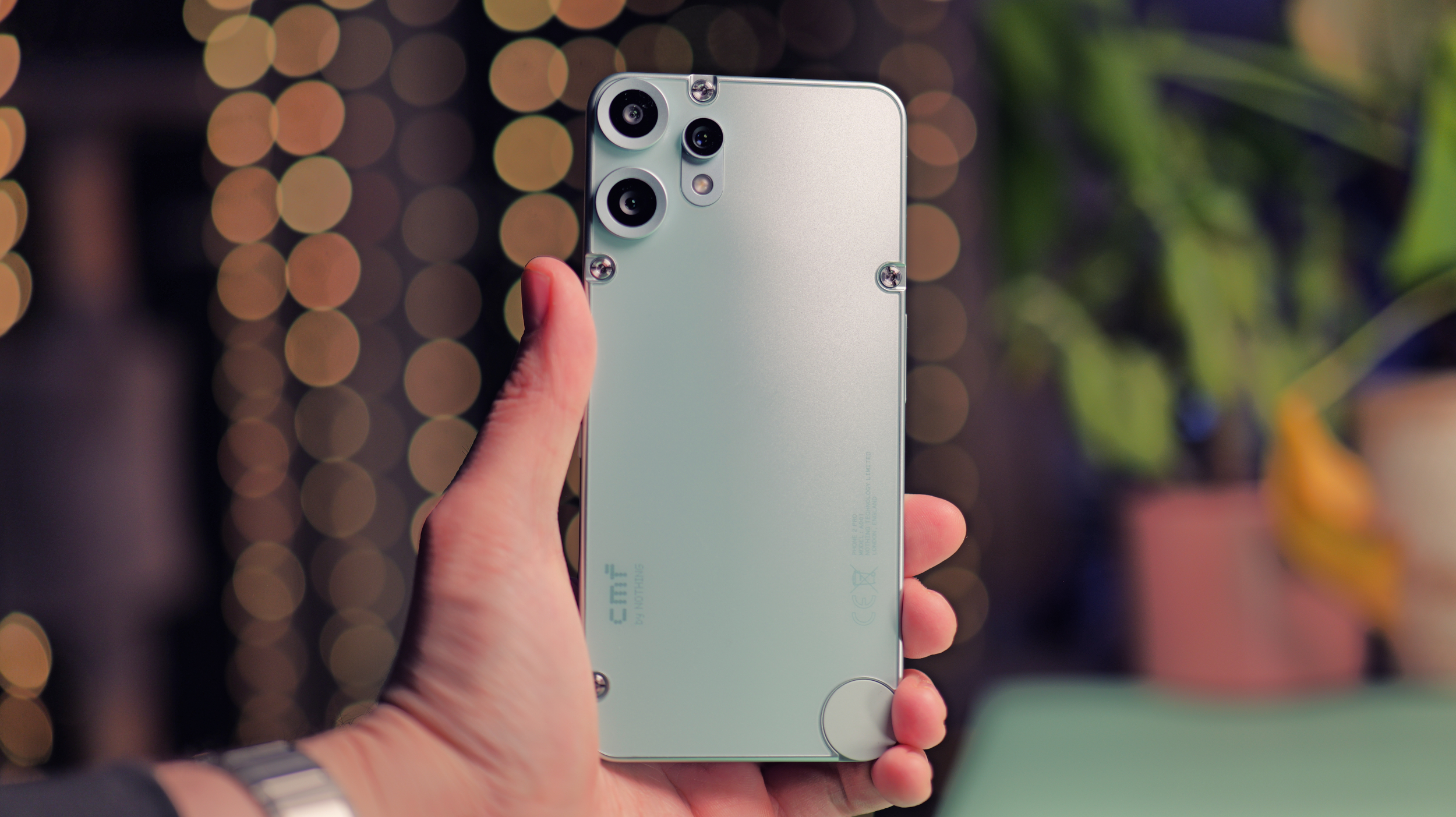
It's not often that I get excited at the prospect of reviewing a budget phone. Of course, it's important to have affordable options, but they're usually about as boring and anonymous as they come. At this end of the pricing spectrum, brands typically aim to appeal to as wide an audience as possible, and that means taking very few risks.
The CMF Phone 2 Pro, however, is the polar opposite of most budget-oriented handsets. It has a quirky modular design with bolt-on accessories, along with Nothing's hyper-stylised software. It's a very fun and exciting phone, and it comes at a wallet-friendly price of just over £200.
It's the successor to last year's CMF Phone 1, and despite having "Pro" in the name, there doesn't seem to be a standard CMF Phone 2 on the cards. Still, it's easy to see how this one is more deserving of a Pro moniker than the last. You now get a triple camera setup on the rear, a massively upgraded display and an improved IP rating.
I wanted to know what it's like to live with, and after using it as my main handset for over a week, here's what I found out.

CMF Phone 2 Pro: Specifications
Price (RRP) |
$290 / £219 |
Screen |
6.77-inch, 120Hz, AMOLED, 1080x2392 |
CPU |
MediaTek Dimensity 7300 Pro |
RAM / Storage |
8GB RAM / 128GB/256GB storage |
Wide Main Camera |
50MP, 24mm, 1/1.57-inch |
Ultra Wide Camera |
8MP, f/2.2, 15mm, 1/4-inch |
Telephoto Camera |
50MP, f/1.9, 50mm, 1/2.8-inch |
Front Camera |
16MP, f/2.0, 16mm, 1/3-inch |
Video |
Up to 4K 30fps |
Battery |
5000 mAh |
Operating System |
Nothing OS 3.2, based on Android 15 |
Size (HWD) |
164 x 78 x 7.8 mm |
Weight |
185g |
CMF Phone 2 Pro: Price
Despite the spec bump and the "Pro" naming, the CMF Phone 2 Pro only retails for about marginally more than its predecessor. In the UK, it costs £219. It's available in the US, but through Nothing's beta program, and if you're signed up, it goes for $279. However, it's worth noting that the device may not support all carriers, and you won't get the same kind of after-sales support in the States.
Since this is a modular device, it's worth talking about the accessories and their prices. There's the Universal Cover, which bolts onto the rear and adds magnets and lens mounts, which goes for £25 (~$33). There's a magnetic wallet that doubles as a kick stand for £35 (~$47), and there's a set of two lenses (macro and fisheye) available for £35 (~$47).
There's also a lanyard, which is compatible with both the CMF Phone 1 and Phone 2 Pro, available for £19 (~$26). At the time of writing, the lanyard is the only item in stock on the Nothing UK site, and there's no indication as to whether the other accessories will be coming back.
CMF Phone 2 Pro: Design & Handling
The CMF Phone 2 Pro has a similar design to its predecessor. It shares the same defining elements, like exposed screws, the modular Accessory Point on the bottom right-hand corner, and it's roughly the same size, too.
It's flat on the front and rear, and the side rails are also flat. It gives the phone a bit of an iPhone-like appearance, but, of course, the plastic construction doesn't feel anywhere near as premium as Apple's offerings.
That said, I reckon it looks and feels a little more polished than last year's model. I tested the Matte Black version of the CMF Phone 1, and while I liked the look, it felt a little cheaper than the Light Green CMF Phone 2 Pro.
Nothing has attempted to mimic the look and feel of a matte glass rear panel and aluminium side rails for this colourway. Visually, I think they've nailed it, but to the touch, it's still pretty obvious that you're holding a plastic device.
There's also an orange option, with a two-tone rear that has a metallic sheen to it, and a white version, which has a panelled sandstone finish. Interestingly, this time around, you'll need to pick carefully, as these rear panels are no longer swappable.
CMF has taken a different approach to modularity this time around, and I believe that's due to the new IP54 rating, up from IP52 on the CMF Phone 1. The rear panel is now glued on to prevent water ingress, and the exposed screws are used to attach an external accessory called the Universal Cover.
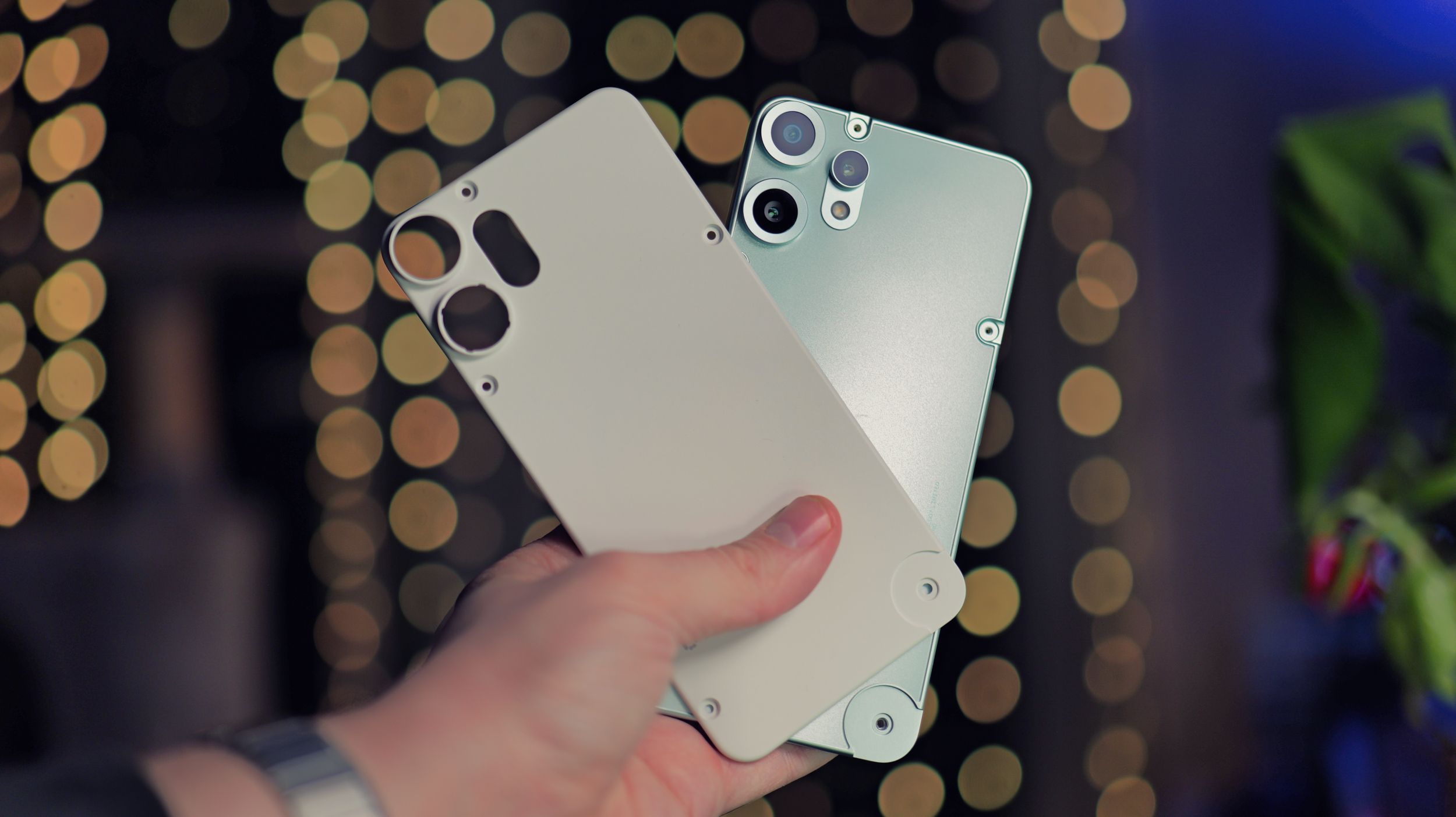
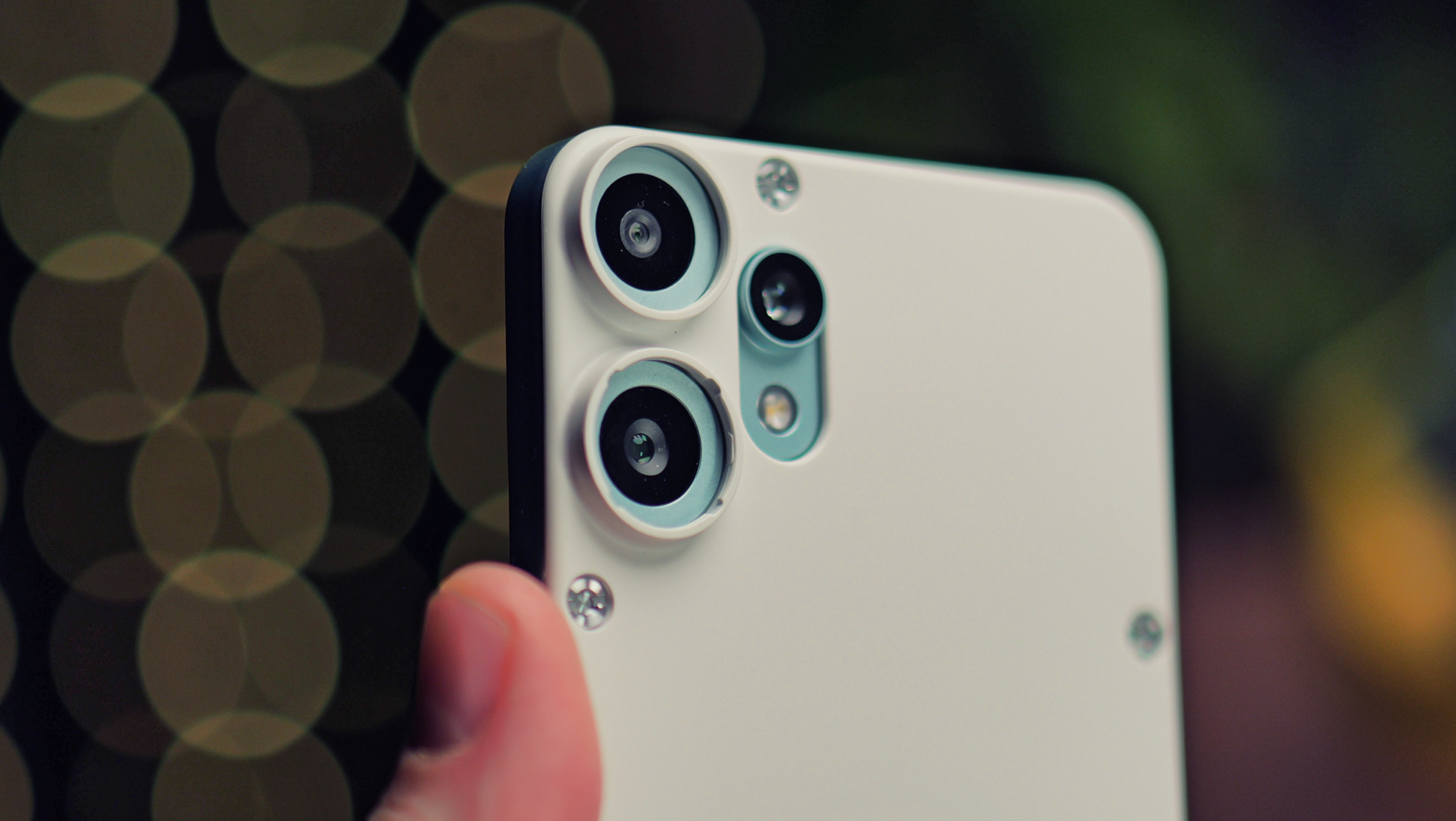
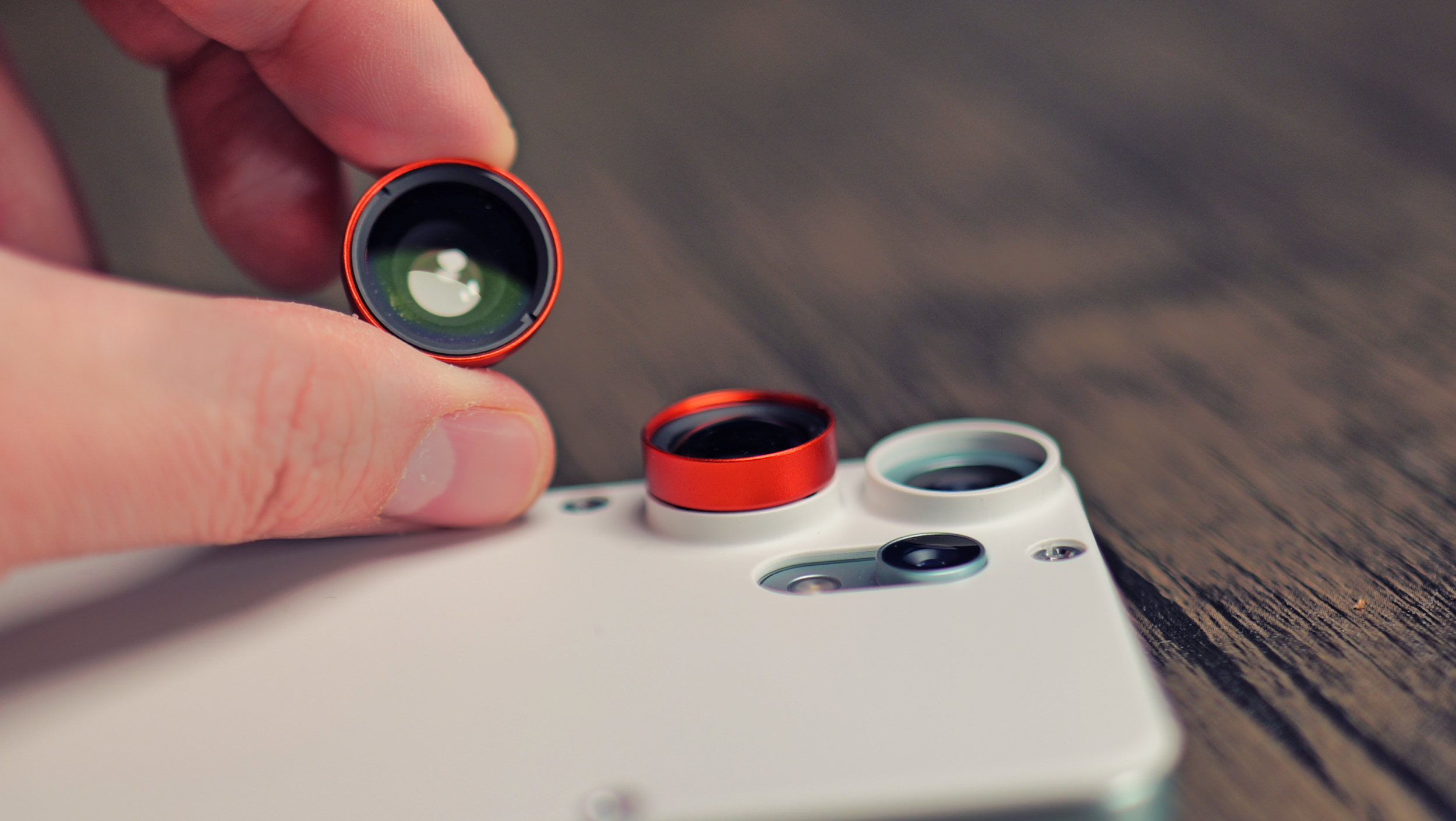
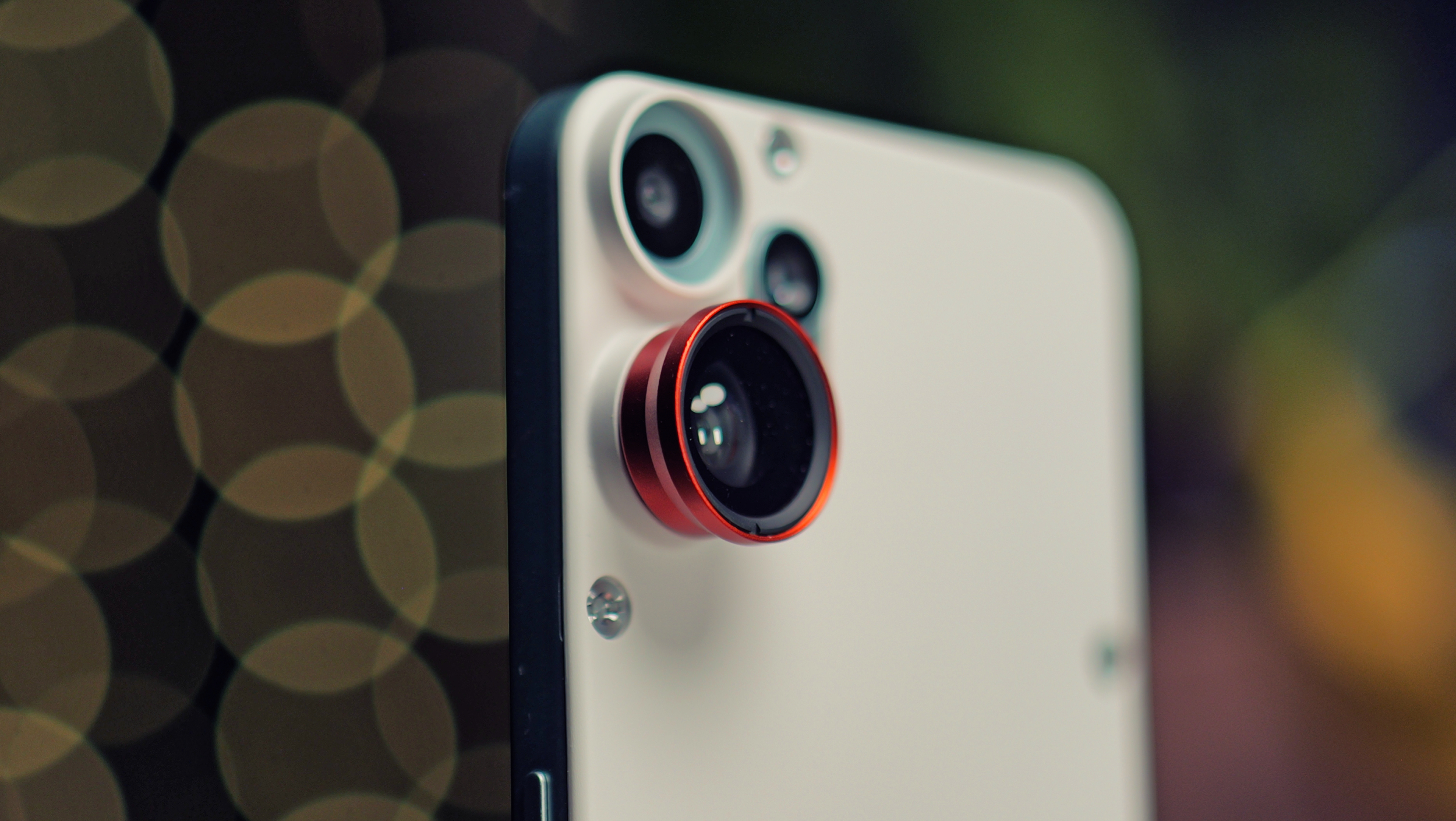
The universal cover is a slim plastic panel, which only comes in white, and it adds magnets to the rear of the phone, as well as a lens mount over the top of the primary camera.
Then, you can attach the magnetic wallet stand, which holds a few credit cards and acts as a kickstand for hands-free viewing, or attach external lenses to change the look of the main camera. Currently, CMF offers a macro adapter and fisheye lens, and they're sold together as a pack.
The Accessory Point on the corner of the phone is mostly unchanged from the last model. The only difference is that it has been slimmed down, likely to stop it from loosening on its own. The flip side of that is that it's slightly harder to remove, but given that there's currently only one accessory available for this connector, you probably won't be using it very often.

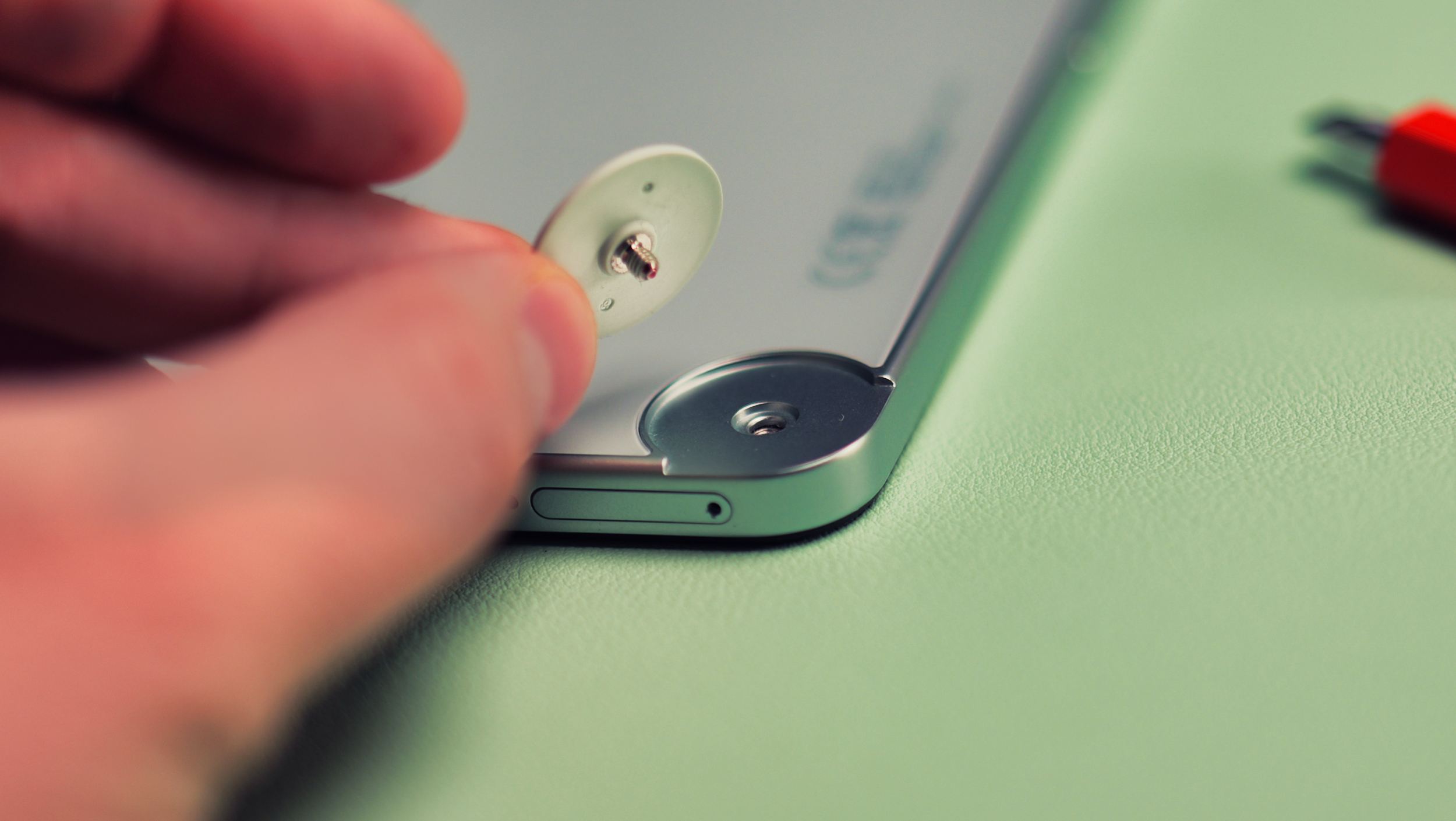

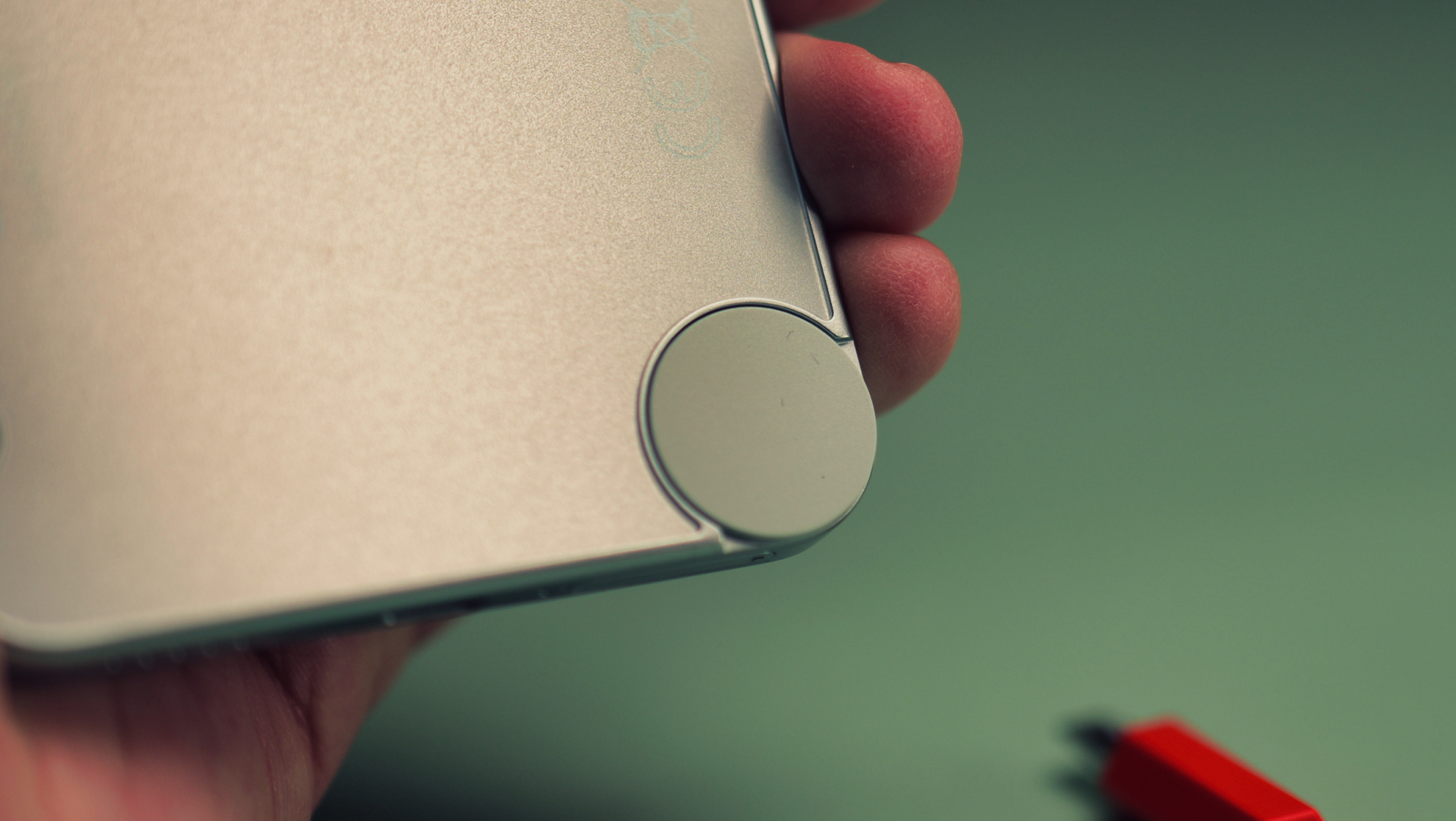
CMF sells a lanyard made of thick orange rope that can screw into the Accessory Point, and it's the only accessory that works with both the CMF Phone 1 and Phone 2 Pro. It's a nicely designed piece of kit, and could prove very handy when pocket space is at a premium.
There's also a new button on this model called the Essential Key. It's the same addition that we saw with the Nothing Phone (3a) series, and it has a specific software function that we'll discuss later in this review. As for its positioning, it's just below the lock button, and I find myself accidentally pressing it more often than I'd like.
The screen is about the same size as the one on the previous model, but it comes with some serious upgrades. The first thing I noticed is that the bezels are now much more symmetrical; the older model had a slight "chin" which made it look a little cheaper, but viewed head-on, you could easily mistake the Phone 2 Pro for a pricier device.
The other big change is that it's now a 10-bit panel, rather than 8-bit. This means it can display significantly more colours, and you won't see any banding in gradients. It's also brighter, now able to reach a peak brightness of 3000 nits, up from 2000.
A 3000 nit 120Hz 10-bit OLED panel is a pretty wild inclusion at this price, and I think it's safe to say this is one of the best screens in its class.


CMF Phone 2 Pro: Camera Performance
The original CMF Phone looked like it had two cameras on the back, but there was actually only one. The other was a monochrome depth sensor to aid in things like portrait mode effects. It was a decent enough camera, but the lack of versatility was one of the phone's weakest aspects.
With the CMF Phone 2 Pro, that issue has been addressed handily. It now has three proper cameras on the back, a 50MP main with a 1/1.56-inch sensor, a 50MP 2x telephoto and an 8MP ultrawide. Around the front, you get a 16MP punch-hole selfie snapper.
It goes without saying that having three lenses rather than one is an entirely different experience, and it serves to narrow the gap between this budget handset and pricier mid-range phones.





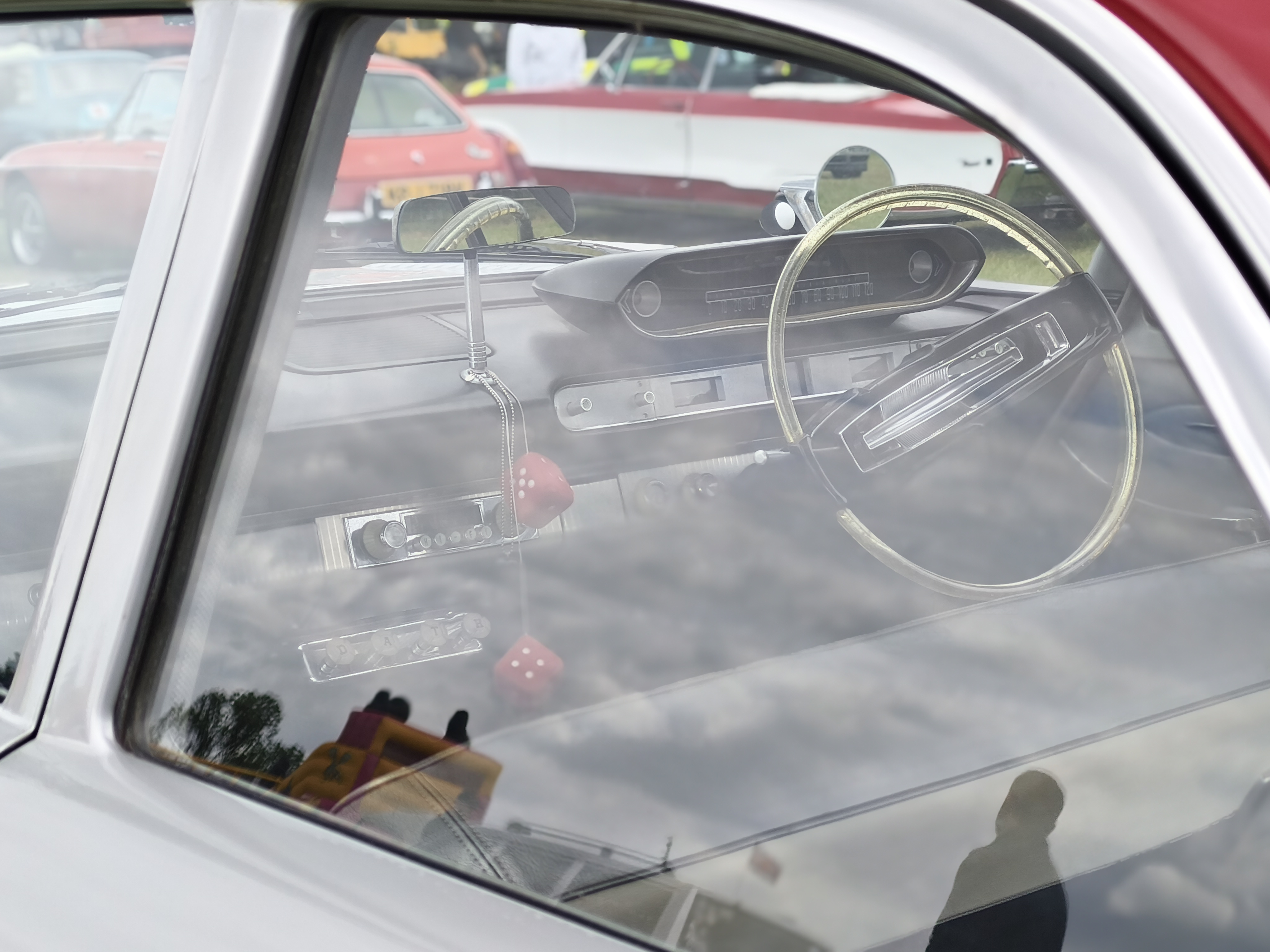
Of course, certain compromises are made to hit such a low price point. For instance, none of the cameras have OIS, and the ultrawide is pretty lacklustre - with only an 8MP resolution, a tiny 1/4-inch sensor and no autofocus.
Despite these shortcomings, the CMF Phone 2 Pro is capable of taking some great photos, especially in good lighting conditions. The phone produces lovely, natural-looking colours, but if you want something a little more stylised, everything can be adjusted. There's also an option to create presets, which include everything from focal length to EV compensation and picture styles. You can even shoot in RAW if you switch to Expert mode in the camera app.




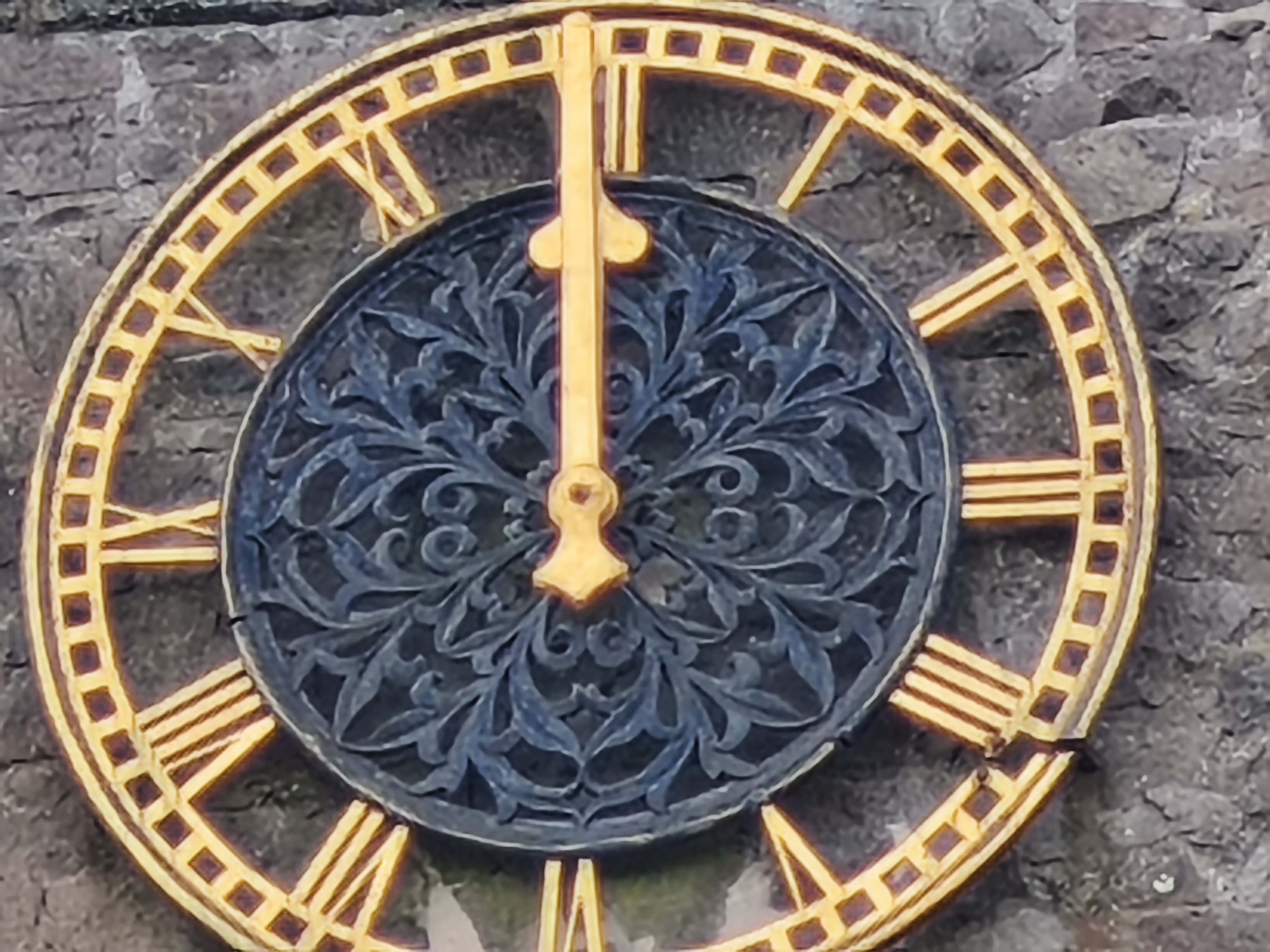
As is often the case, the primary camera is the star of the show. The 1/1.56-inch sensor is one of the largest you'll find in this price range; it resolves tonnes of detail, performs decently in low-light conditions, and is even capable of some nice bokeh when you get up close.
The 2x telephoto isn't too far behind, though. Personally, I would have preferred a longer focal length, but Nothing seems to be positioning this as a portrait lens, and it works well for that. There's much less distortion, which is exactly what you want for those kind of images, and it can digitally zoom to about 6x before becoming a pixelated mess.


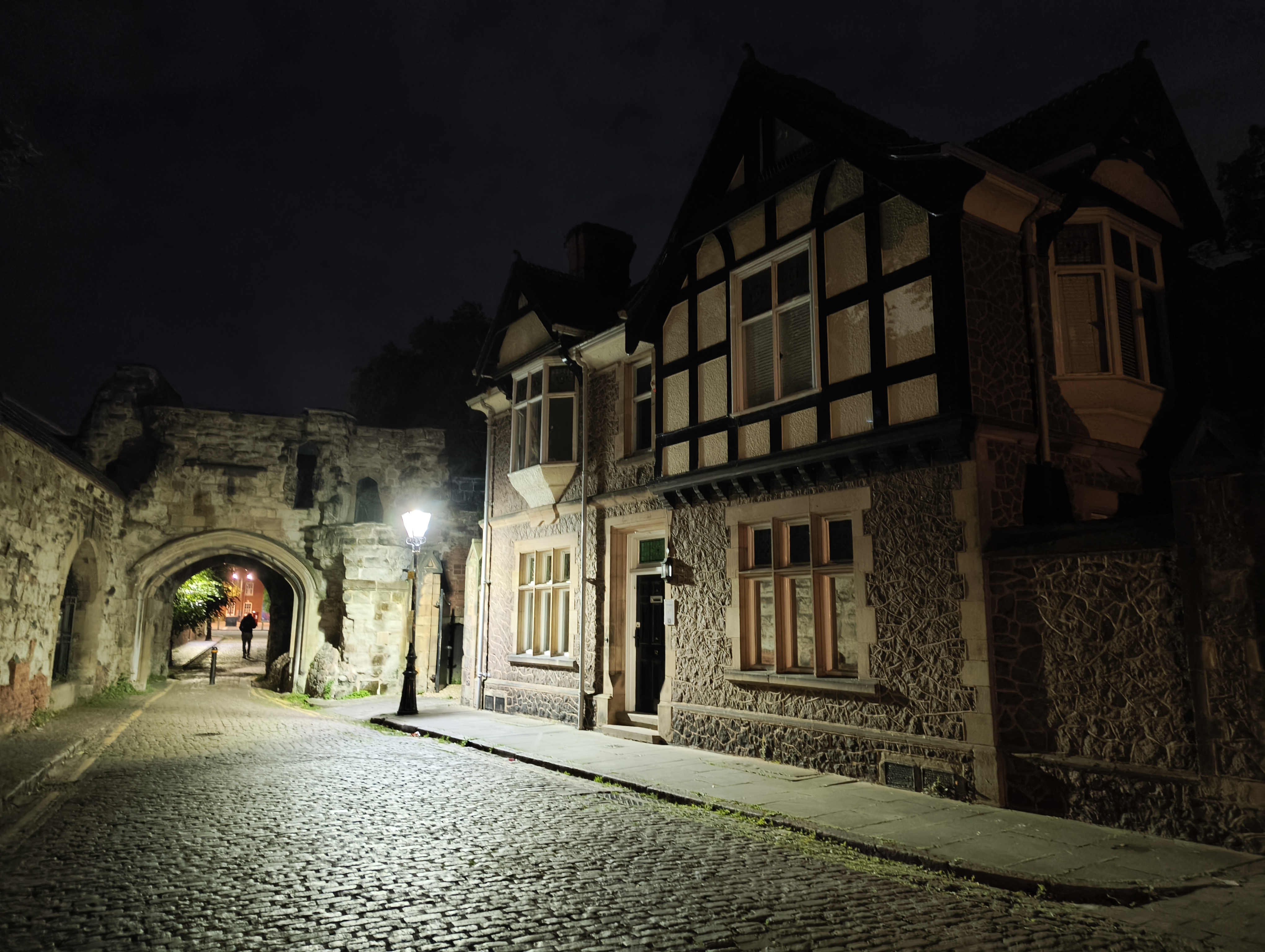

The ultrawide, as the specs suggest, is the weakest by far. I'd still choose a weak telephoto over no telephoto, but if possible, it's always better to take a few steps back and use the primary camera when you can.
As for the selfie camera, it's nothing astonishing, but it's very decent in the daylight. What impressed me the most was the accuracy of the portrait cutouts. Despite this phone lacking a depth sensor, Portrait Mode shots are looking better than ever.


Of course, we can also expand this camera system's capabilities with the optional lens accessories. The macro lens is most practical, close-up shots aren't this phone's strongest area, and the lens attachment makes a massive difference. There's a bit of a pin-cushion effect, which will bother some more than others, but you can focus extremely close with it attached.
The fisheye attachment gives you that 90's skate video look, with loads of barrel distortion and a super wide FOV. It's a fun effect, but its extremely soft around the edges. In the right situation it could produce a cool effect, but for most people I think this one's more of a novelty.
When it comes to capturing video, the CMF Phone 2 Pro can shoot at up to 4K 30fps on the main and telephoto, while the ultrawide and selfie camera max out at 1080p. Stabilisation is decent, but frequent dropped frames mean this phone lags behind its mid-range competitors.



CMF Phone 2 Pro: Phone Performance
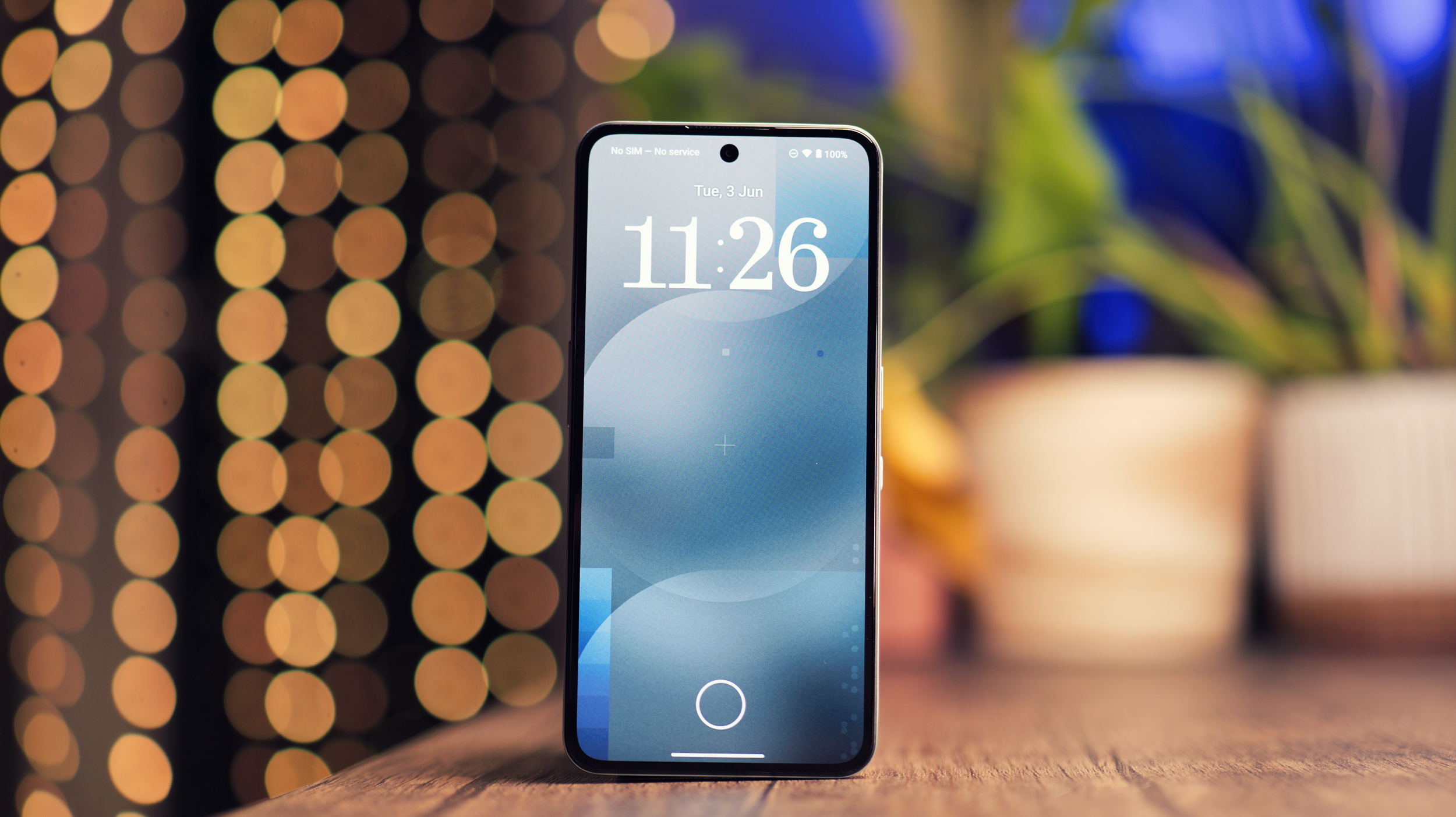
The CMF Phone 2 Pro is powered by the MediaTek Dimensity 7300 Pro, which is essentially a souped-up version of the same chip that powered the CMF Phone 1. According to Nothing, it has 10% faster processing performance and 5% better graphics performance.
In my testing, those claims seem pretty accurate, but the difference is so marginal that you'd struggle to tell in the real world. It comes with an ample 8GB of RAM, and it's paired with either 128GB or 256GB of storage.
Day-to-day performance is very solid, navigating the OS is smooth and mostly stutter-free, apps open quickly and multitasking doesn't pose much of an issue. It's only in gaming that the budget-friendly processor shows its shortcomings.
Don't get me wrong, you can still run just about any game you like, but for a title like Genshin Impact, you'll need to stick to the lowest graphical preset to achieve a stable 30fps. On the plus side, it is stable, and the device doesn't get hot while running it.

There's a reasonably large 5000 mAh battery inside, and with my typical use, it lasts more than long enough. I often found I was going to bed with 40% or more remaining, so a day and a half on a charge is a reasonable expectation.
It charges at up to 33W, just like the previous model, and there's no charger in the box. You do get a nice-looking USB-A to C cable, though. With a suitably powerful adapter, it takes just over an hour to fully charge from flat, while half an hour can take you from dead to about 60% charged.

Arguably, it's the software that makes this phone stand out, though. The CMF Phone 2 Pro runs Nothing OS 3.2, which is the same Android 15 skin that you'll find on all the latest Nothing handsets. It's a heavily stylised operating system, and it won't be to everyone's taste, but I think if you're on board with the exterior of the phone, you'll probably dig the look.
I love how easy it is to make all of your apps monochromatic on Nothing OS, it gives the phone a super stylish and minimal look. Honestly, I wish the homescreen of my other phones looked this slick.
It's almost completely free from bloatware, which immediately sets the Phone 2 Pro apart from other budget devices, which are normally littered with superfluous apps to offset the hardware costs. It makes the phone feel like a higher-tier device from day one.
The hot new feature this year is the Essential Space, which we tested out when we reviewed the Nothing Phone (3a) Pro. The concept is that it acts like a second memory, so whenever you see something that you need to remember, you can snap a screenshot, take a voice note or snap a photo using that dedicated Essential Key I mentioned earlier.
Then, in the Essential Space, AI can summarise these images and recordings for easy searching and categorisation. I quite like the idea, but in its current state, it feels a little barebones, and it doesn't really seem more convenient than my current combination of Google Keep notes and screenshots uploaded to Google Photos.
What ruins it for me is the fact that it's not cross-platform; you can only access the Essential Space on Nothing OS and not in your browser, for instance. As someone who switches phones every week, that's never going to work, but even if I weren't, I think I'd find it frustrating not being able to access my important notes on the desktop.
The real kicker is that Essential Space may require a paid subscription in the future. Unless the featureset gets dramatically expanded, I can't imagine many people being tempted. If Nothing does go that route, I really hope they let users customise this physical key, as currently it only works as an Essential Space shortcut.

CMF Phone 2 Pro: Verdict
Last year, I immediately fell in love with the CMF Phone 1. It managed to achieve something that seemed impossible: a low-budget phone that's as exciting and feature-packed as a flagship. The CMF Phone 2 Pro builds on everything that made the first device so great, but it comes with a slew of meaningful upgrades for only marginally more money.
The camera system is so much more versatile, the screen is way better, it comes with NFC for contactless payments, and the IP rating has been increased. It's a lot of phone for the money, and the slick software makes it feel all the more premium.
Of course, it won't be right for everyone. The looks are sure to be divisive, and if you're a keen gamer, it's possible to find better graphical performance elsewhere.
As an all-rounder, though, the CMF Phone 2 Pro is a wonderfully complete package. At just $279 / £219, it's a real bargain.
|
Features ★★★★☆ |
The OS is slick and feature-packed, but the Essential Space could use some work. |
|
Design ★★★★★ |
The CMF Phone 2 Pro stands out from the crowd with unique looks and fun modular accessories. |
|
Performance ★★★☆☆ |
Day-to-day performance is snappy and responsive, and the cameras are solid, but gamers may be left wanting more. |
|
Value ★★★★★ |
You'll struggle to find a more well-rounded phone at this price. It's a cracking deal. |







